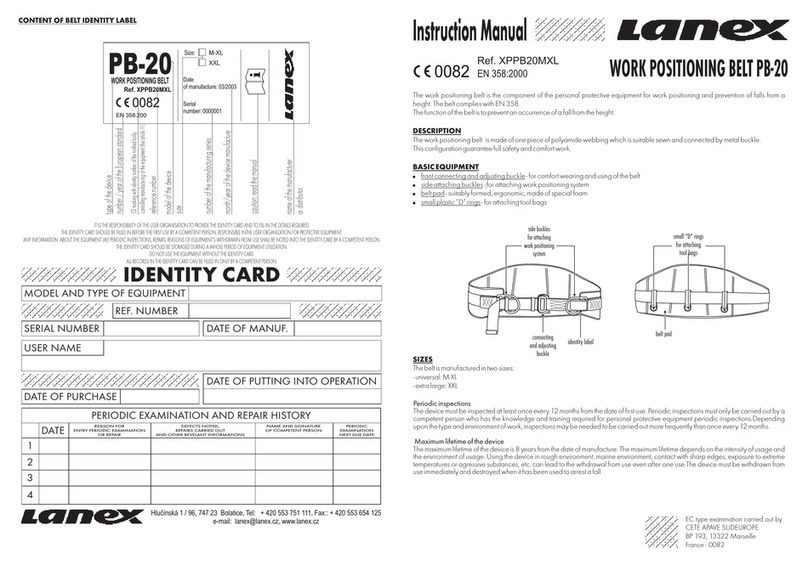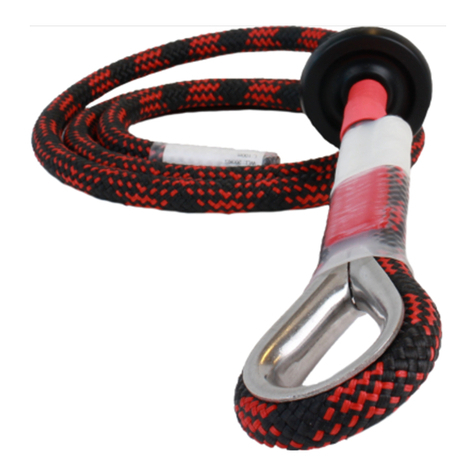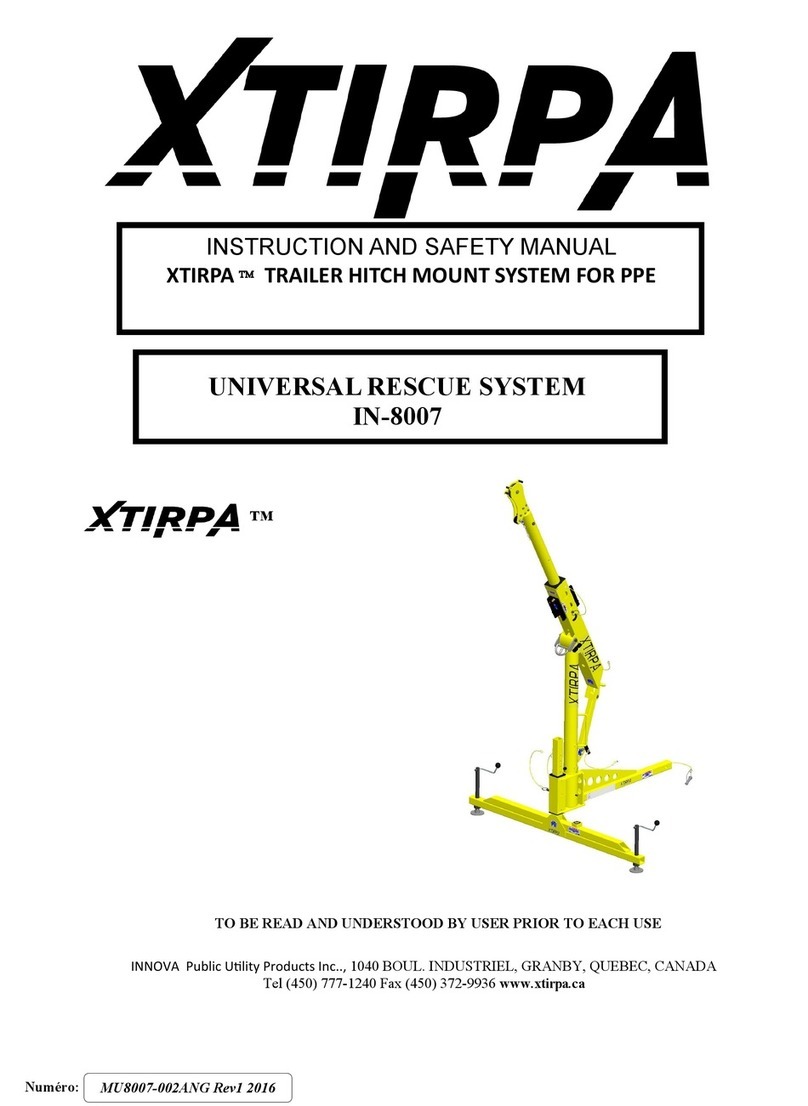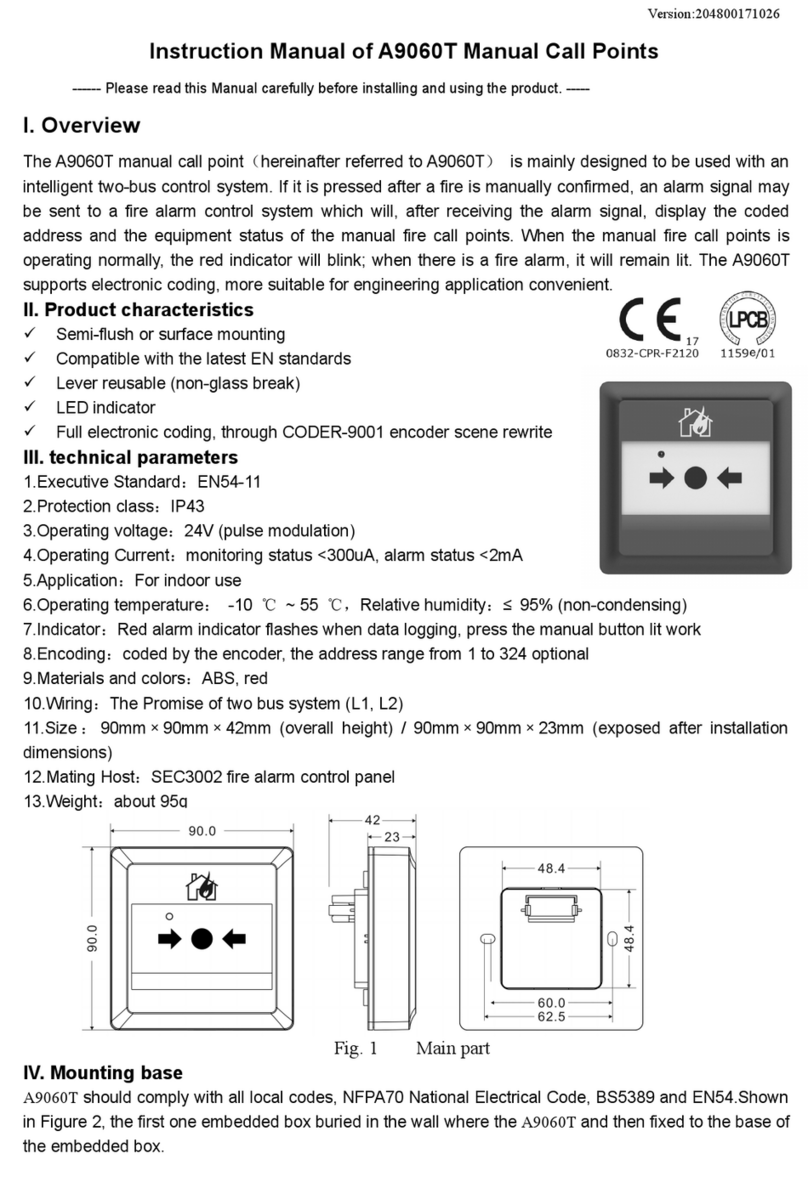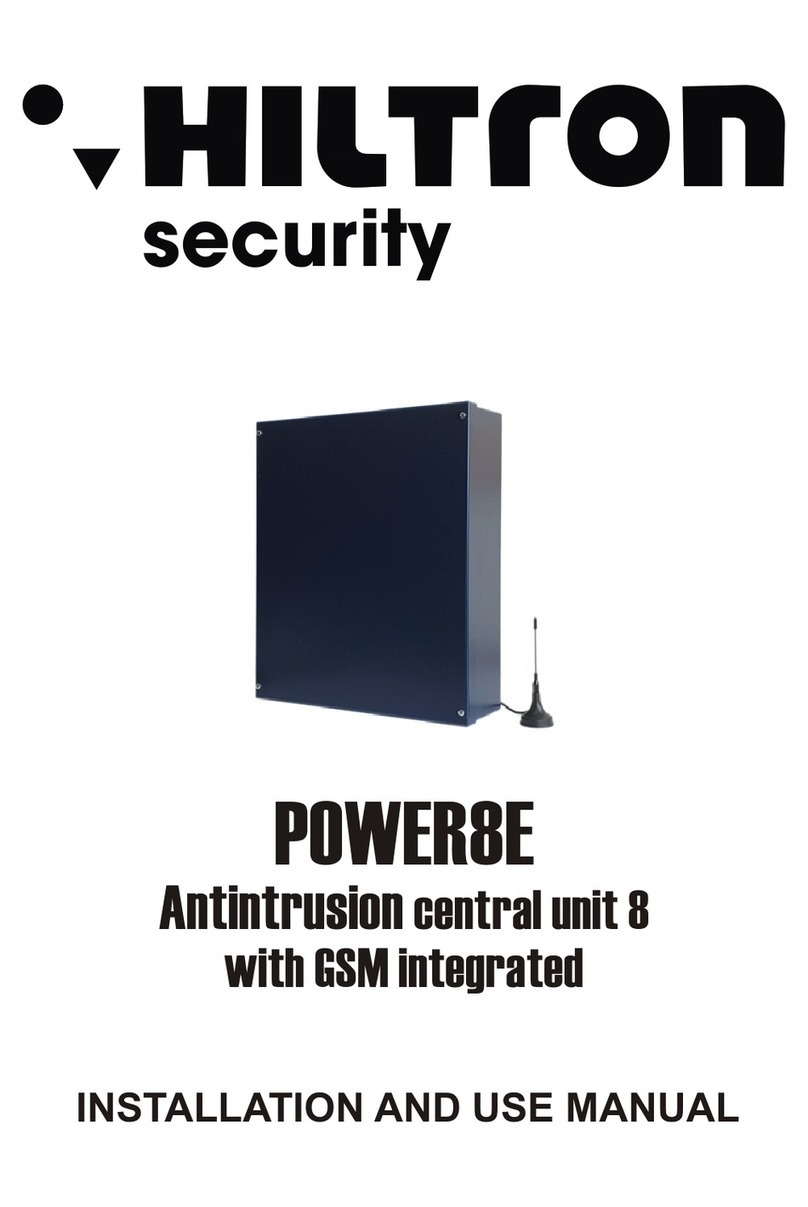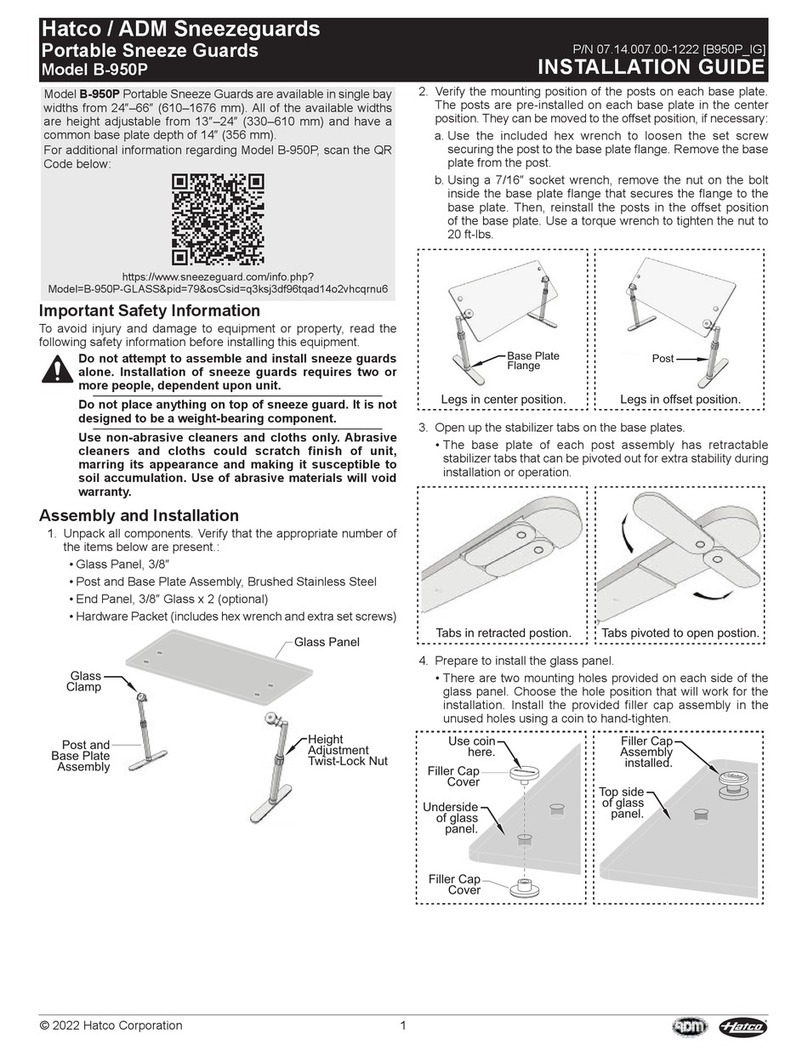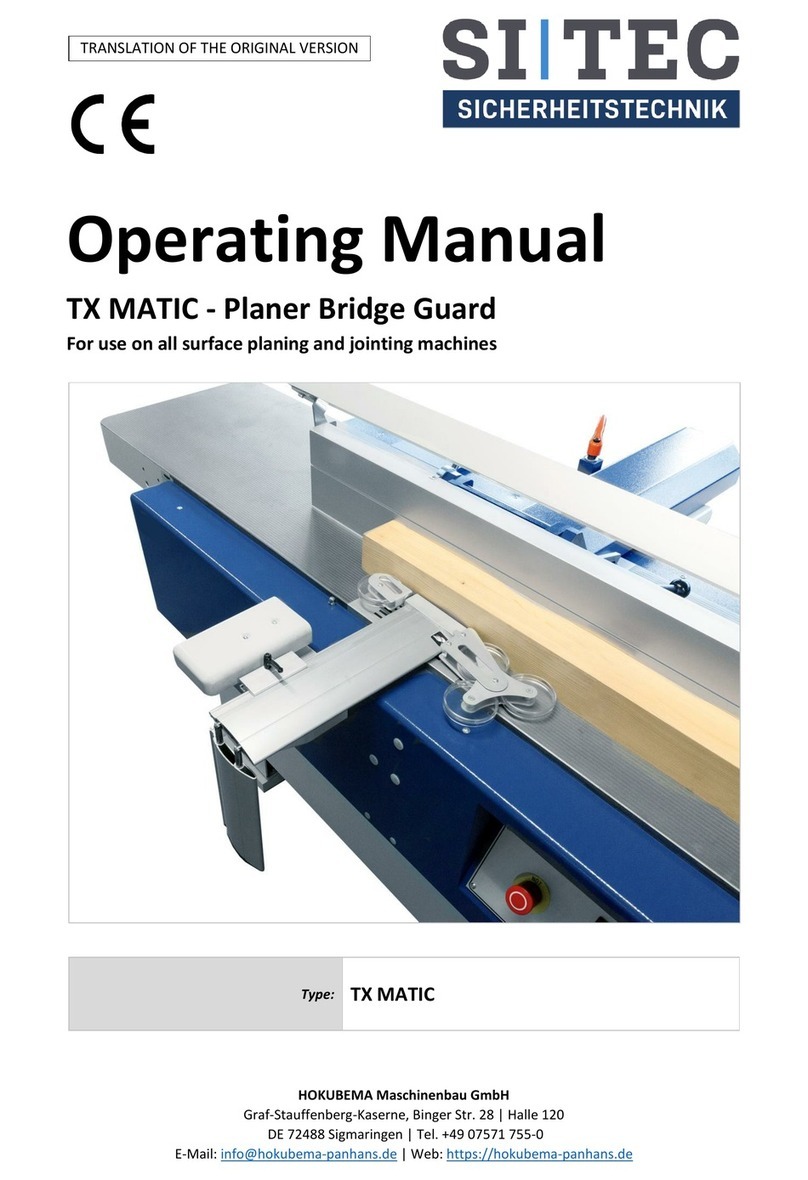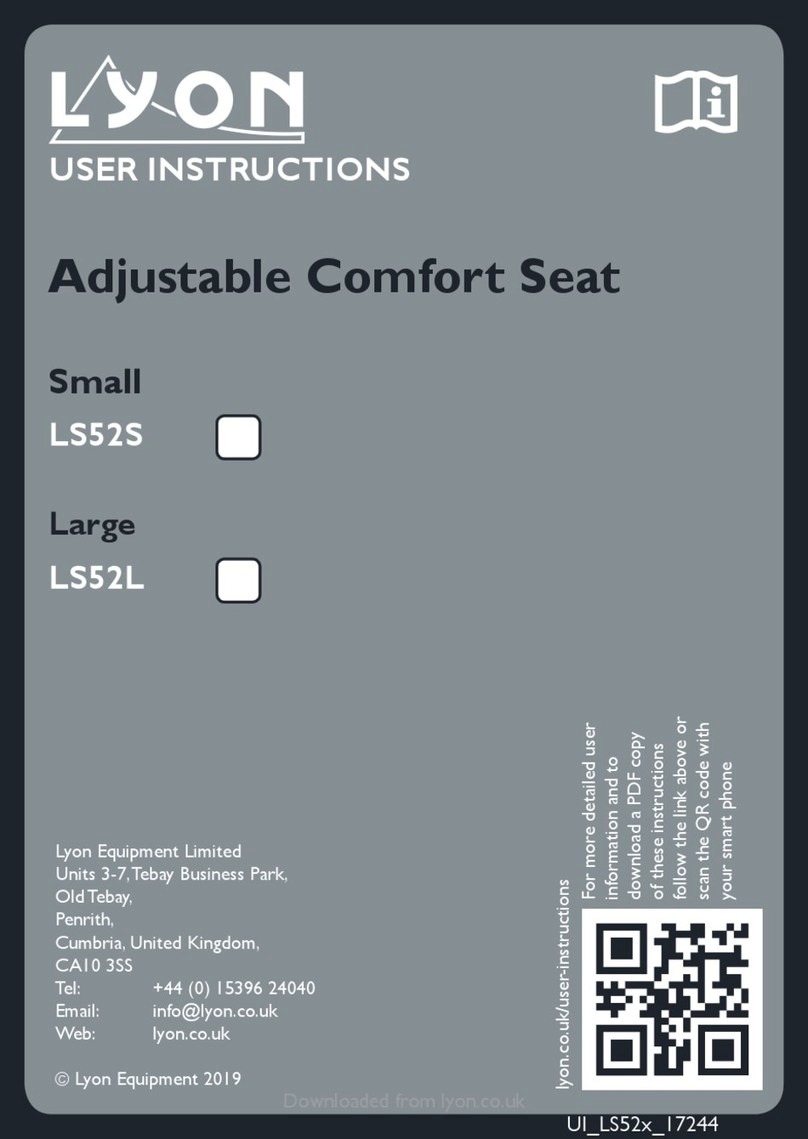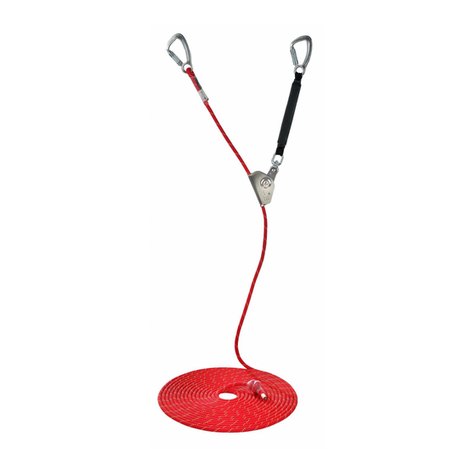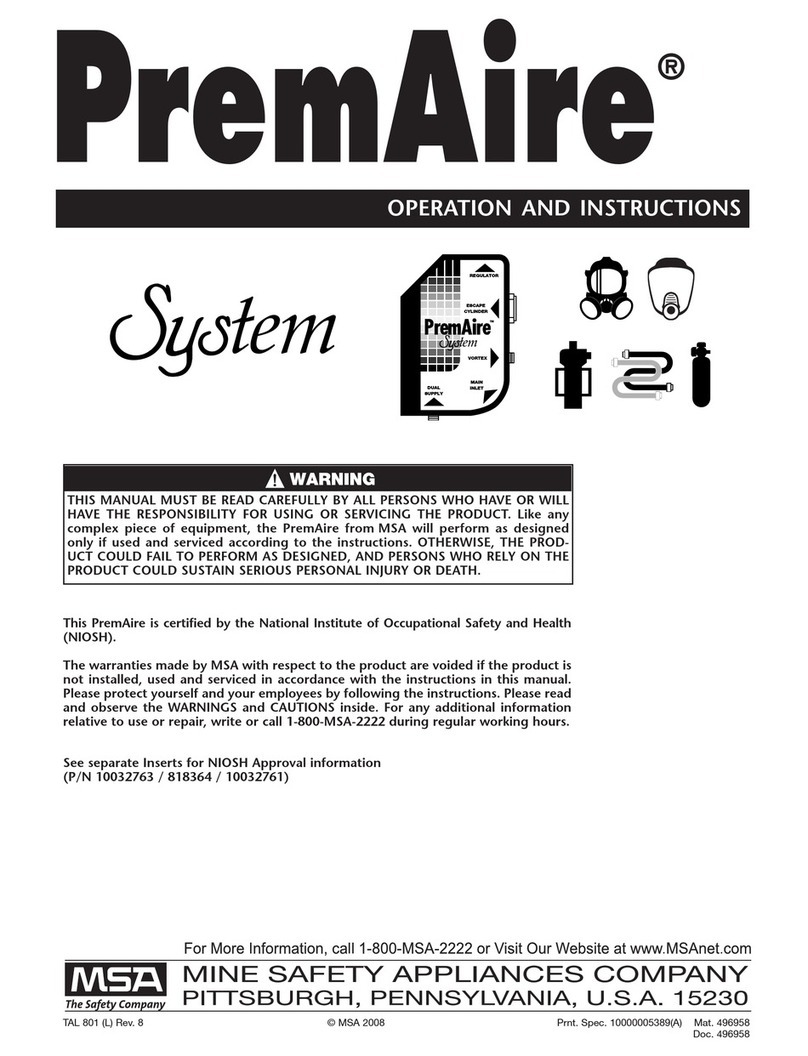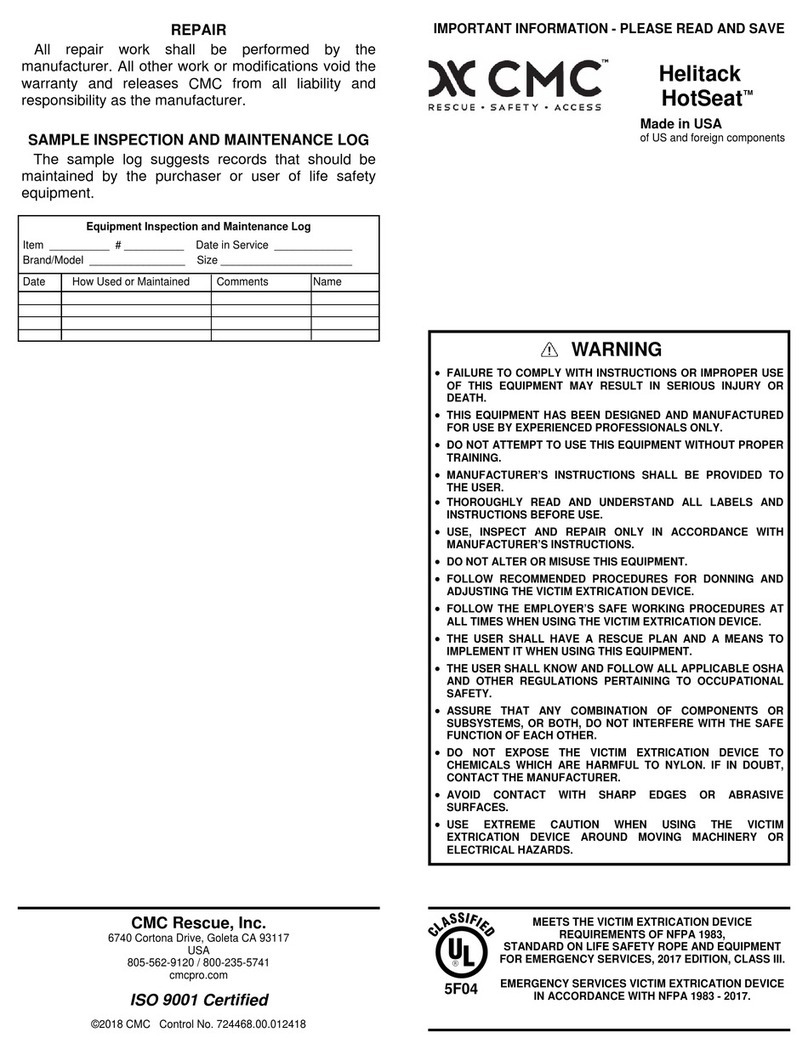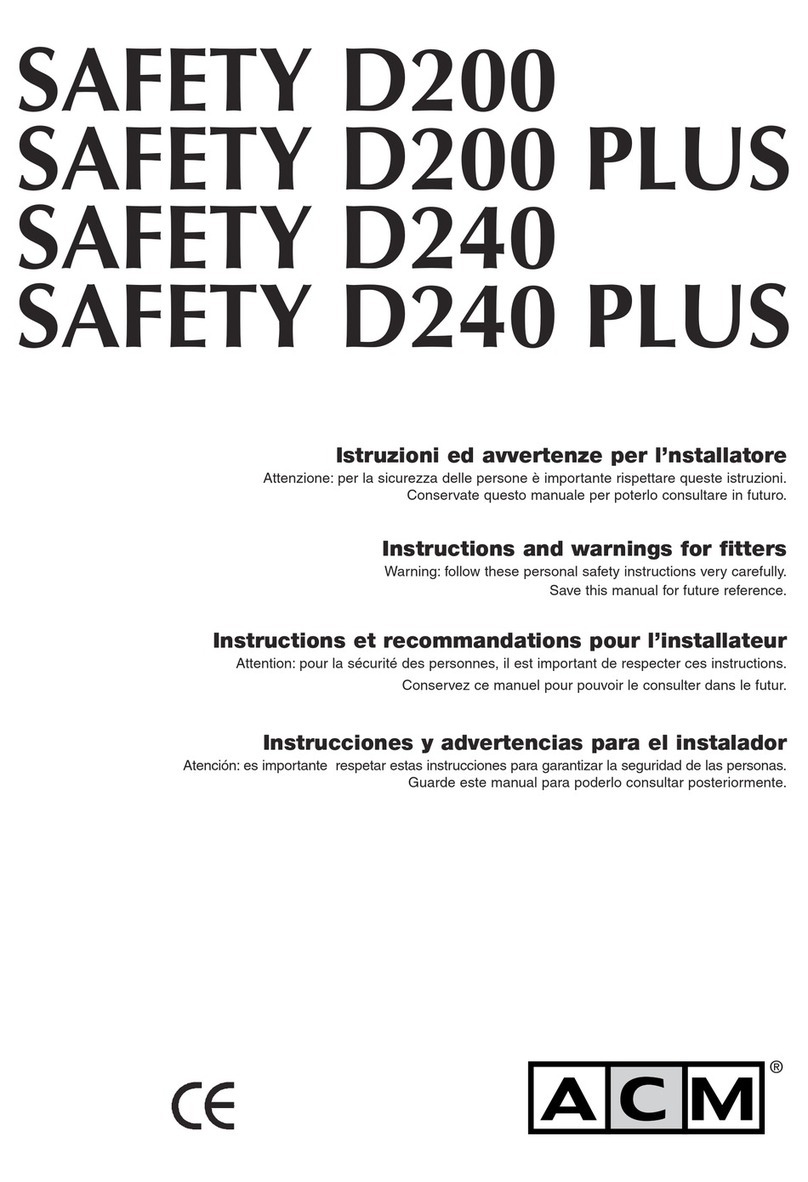
2
Notied body controlling
manufacture (where applicable)
Where items of Personal Protective
Equipment require an EU type
examination in accordance with
Personal Protective Equipment
(EU) Regulation 2016/425, the body
controlling the manufacture is:
Notied body No. 0598
SGS Fimko Oy,
P.O. Box 30 (Särkiniementie 3),
00211 HELSINKI, Finland.
WARNING
Make sure that you have read and
understood these instructions before
using this equipment.These user
instructions are to be read and kept
along with any other user information
provided.
Activities at height are hazardous and
may lead to injury or death. It is the
user’s responsibility, at all times, to
ensure that they understand the correct
use of any equipment supplied by or
through Lyon Equipment, use it only for
the purposes for which it is designed,
and practice proper safety procedures
including having a rescue plan in case of
emergency.
This product must not be used outside
its limitations, or for any purpose
other than those described in the user
instructions. Misuses forbidden in these
instructions are examples only; many
other misuses may exist which could
lead to injury or death.
Do not use combinations of items of
equipment in which the safe function of
any one item is affected or interferes
with the safe function of another.
Please note, the information in these
user instructions is not exhaustive, and
is not a substitute for comprehensive
instruction and training by a competent
person.
Lyon Equipment is not responsible
for any consequences, whether direct,
indirect or accidental, resulting from the
use of its products. If you are unsure
about the correct use of this product,
please contact us.
Who can use this equipment
This equipment should only be used
by trained, competent and responsible
persons, or the user should be under
the direct supervision of a trained,
competent and responsible person.
Activities at height should not be
undertaken by persons affected by
alcohol or drug dependence, diabetes,
epilepsy, ts, blackouts, fear of heights,
vertigo / dizziness / difculty with
balance, heart disease / chest pain, high
or low blood pressure, impaired limb
function, obesity, psychiatric illness,
musculoskeletal issues, e.g. a bad back.
UI_GENSCA6_19052.indd 2 06/03/2019 13:04:18
Downloaded from lyon.co.uk
